A famous "flashmob" video that went viral in 2012, from the city of Sabadell in Catalonia, Spain. An orchestra playing Beethoven. Have a look before you read the rest of this thread. Let's talk about the urbanism in this video, the Plaça de Sant Roc.
Originally a small walled town, Sabadell's population grew fast in the 16th c. and new streets were laid outside the original walls. Most of the buildings fronting it today are from the 19th and 20th centuries, it covers about 2,320m². The cursor marks the spot of the celloist. 
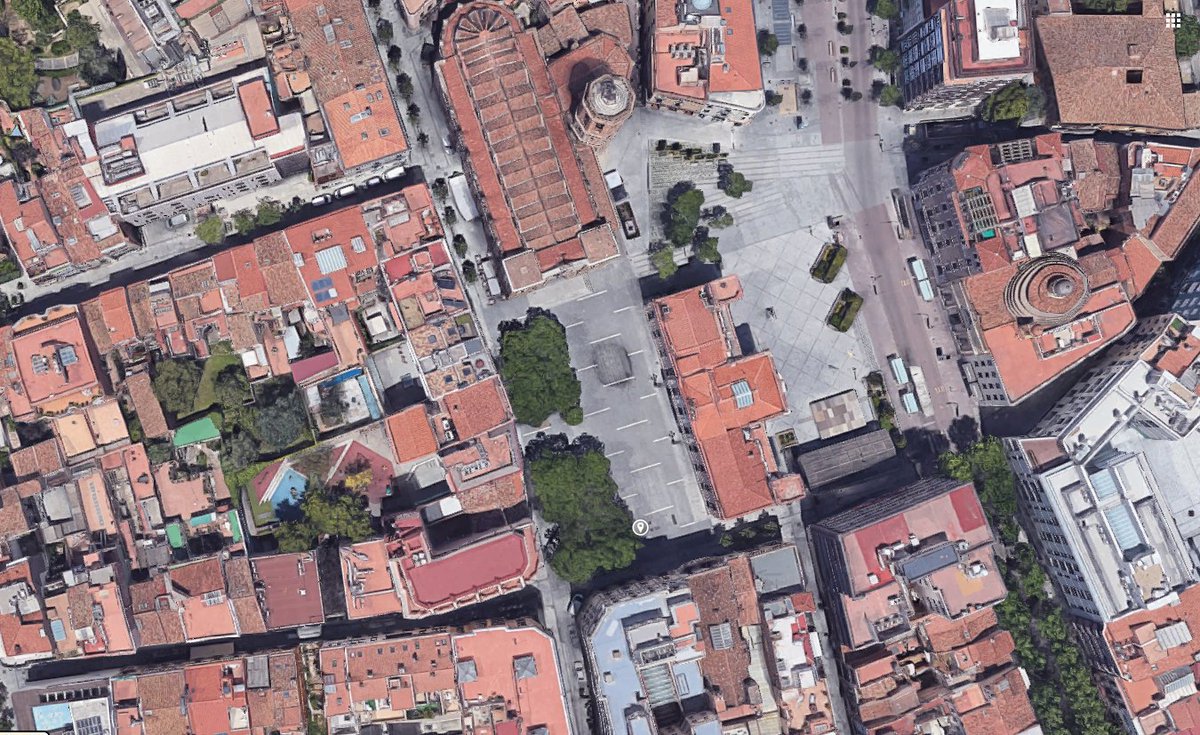
The buildings are harmoniously presented in locally sourced stone, in a soft grey. They represent solid virtues of respect for the local, continuity, the strength of the communality, rather than the brittle, reflective glass buildings of the modern Anywhere City. This is Europe. 
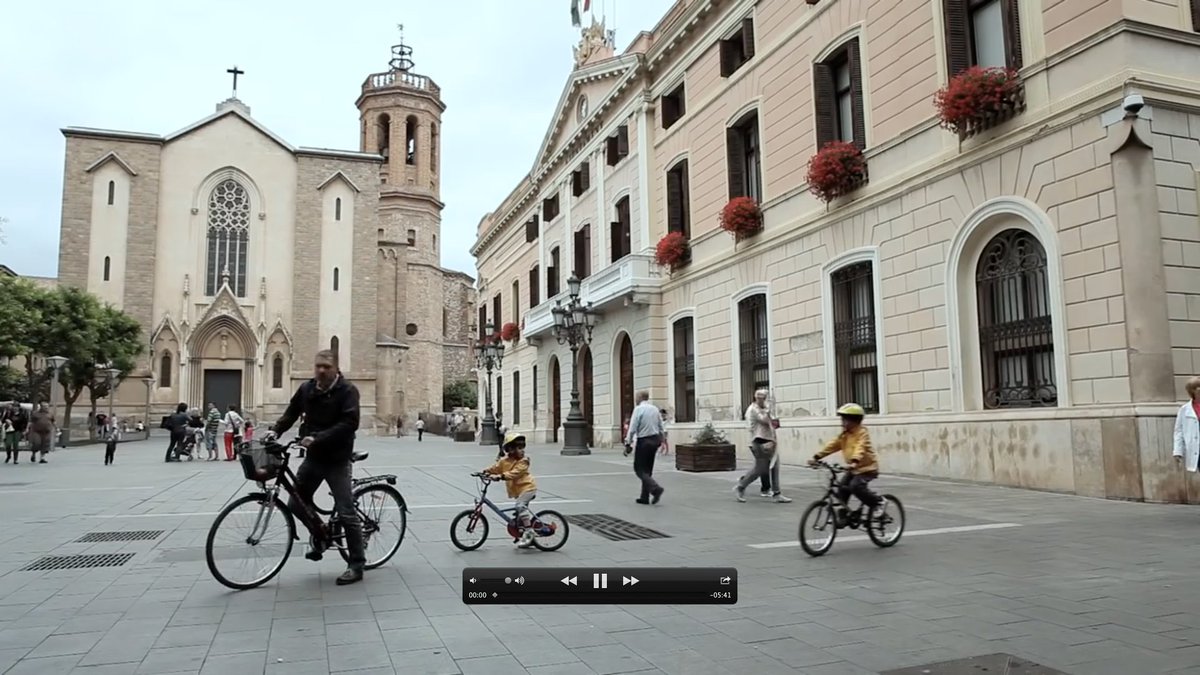
The square is not too large as to dwarf us, and not too small as to make us feel trapped. It is the perfect size in relation to its place, its buildings, its community. Everything is human scaled: the square furniture, even the street lamps that kids can climb. 



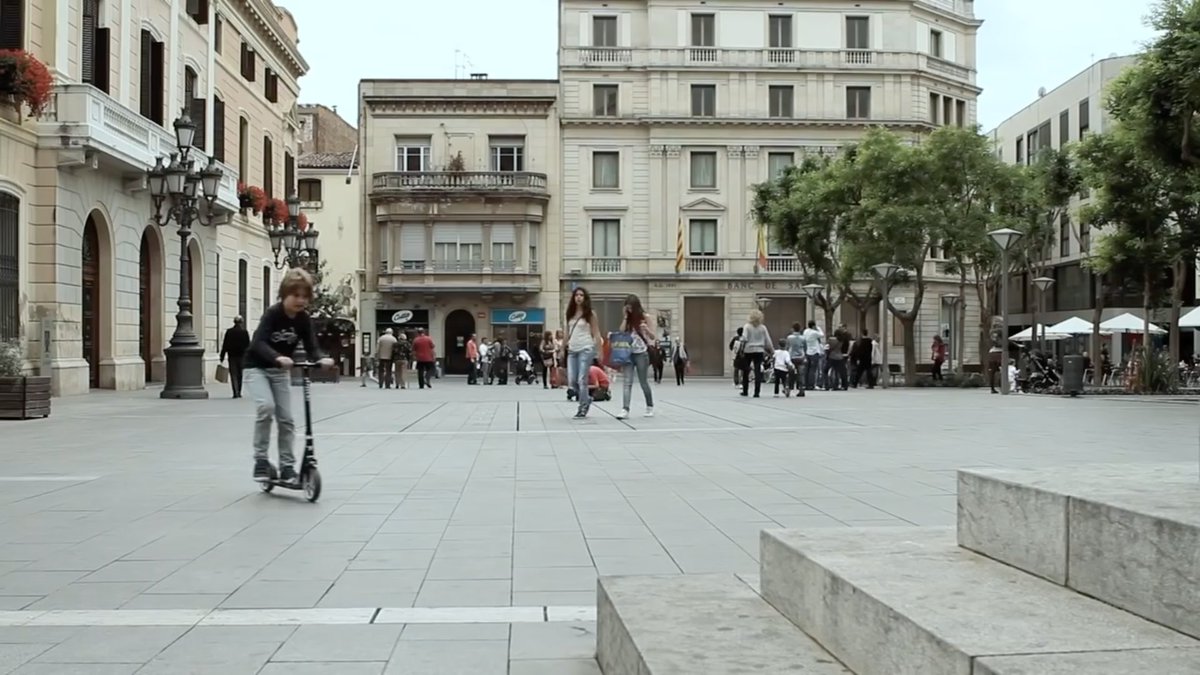
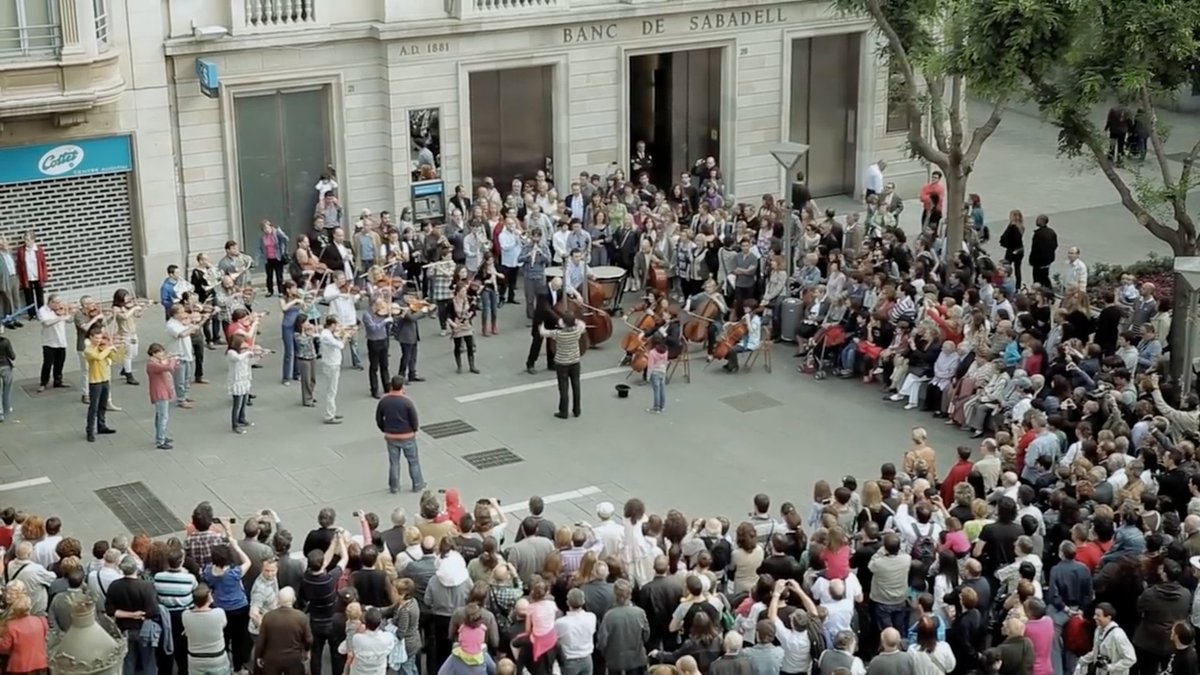
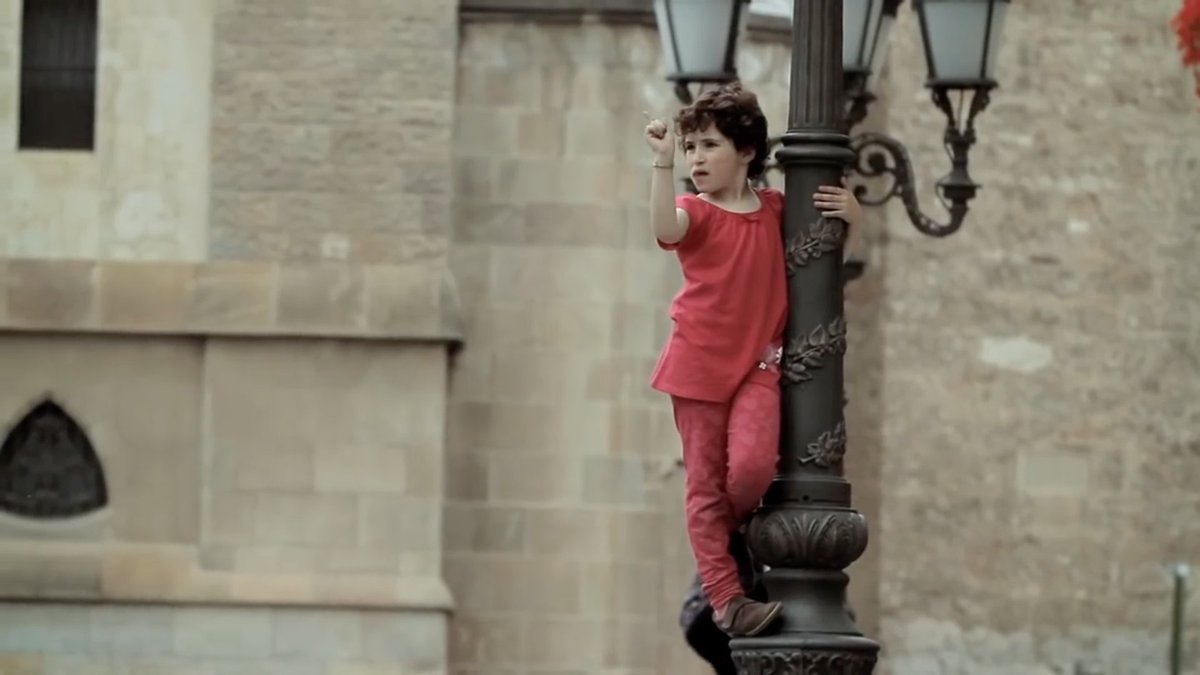
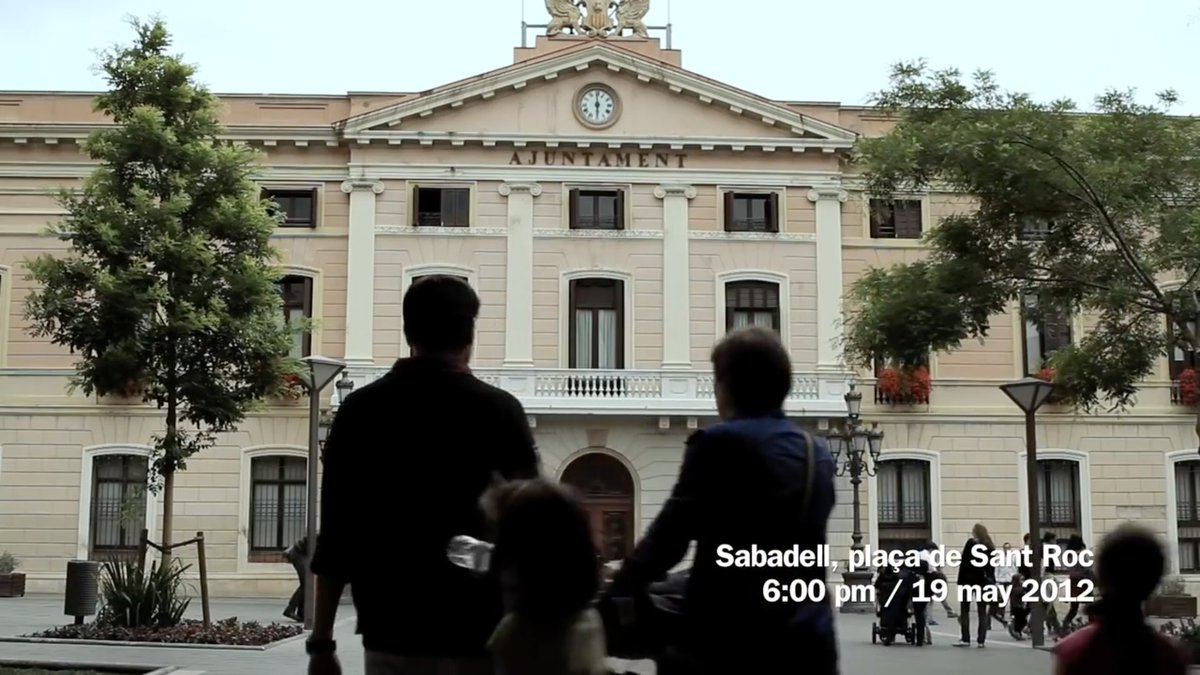
There are no cars to bother us this day, no need to hold children and pets tightly for fear of them being run over. The square is lively, with restaurants, a bank, church, shops, open air eating and drinking. It takes a mere couple of minutes to draw a crowd. 



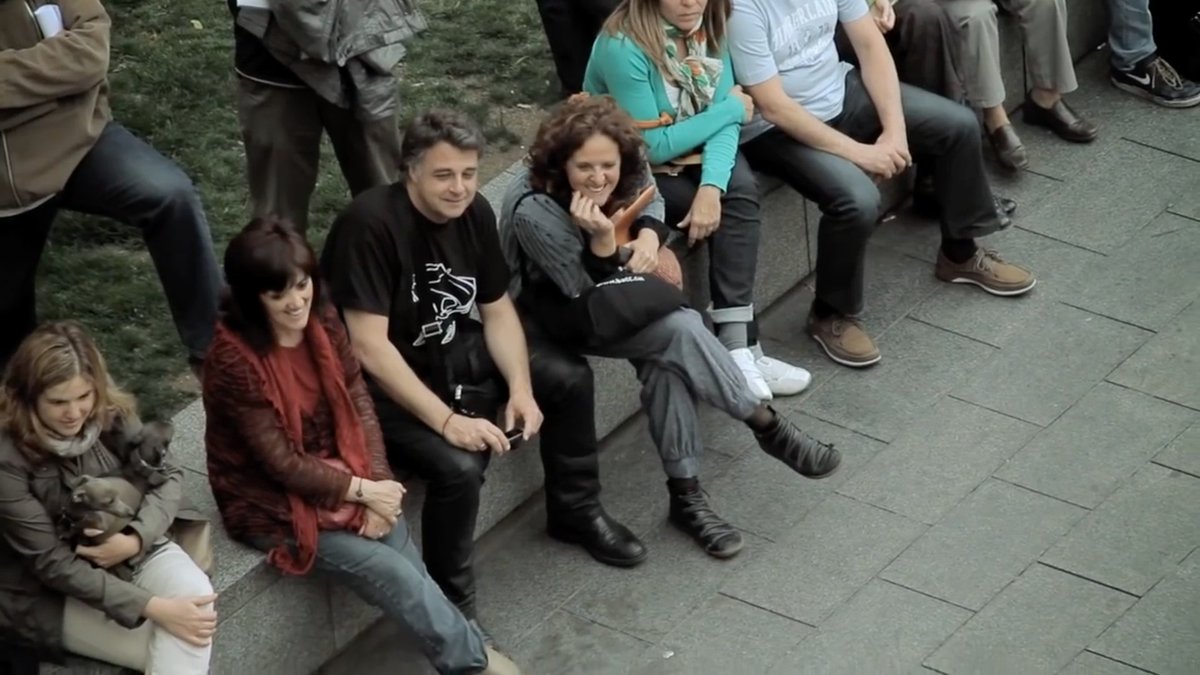
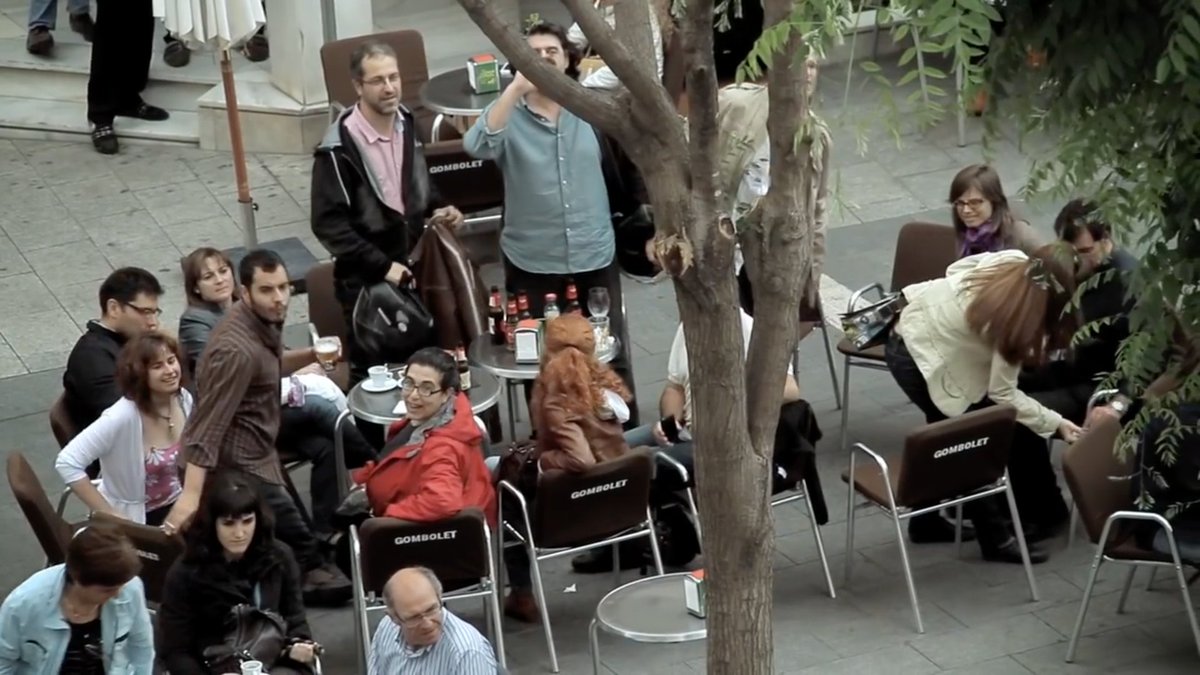
And you can tell this is a good place. The people look cool. Open. Relaxed. I would not mind being friends with anyone in this video. What a great place to call home. What a great community to belong to, with an orchestra like this. 



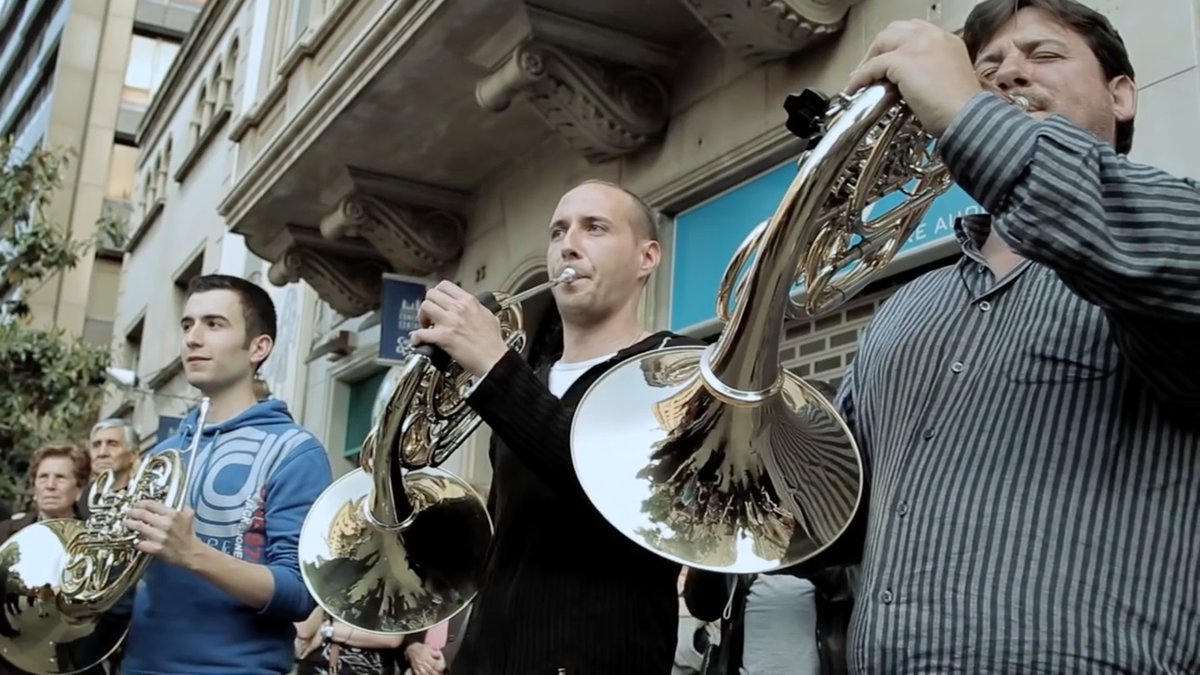
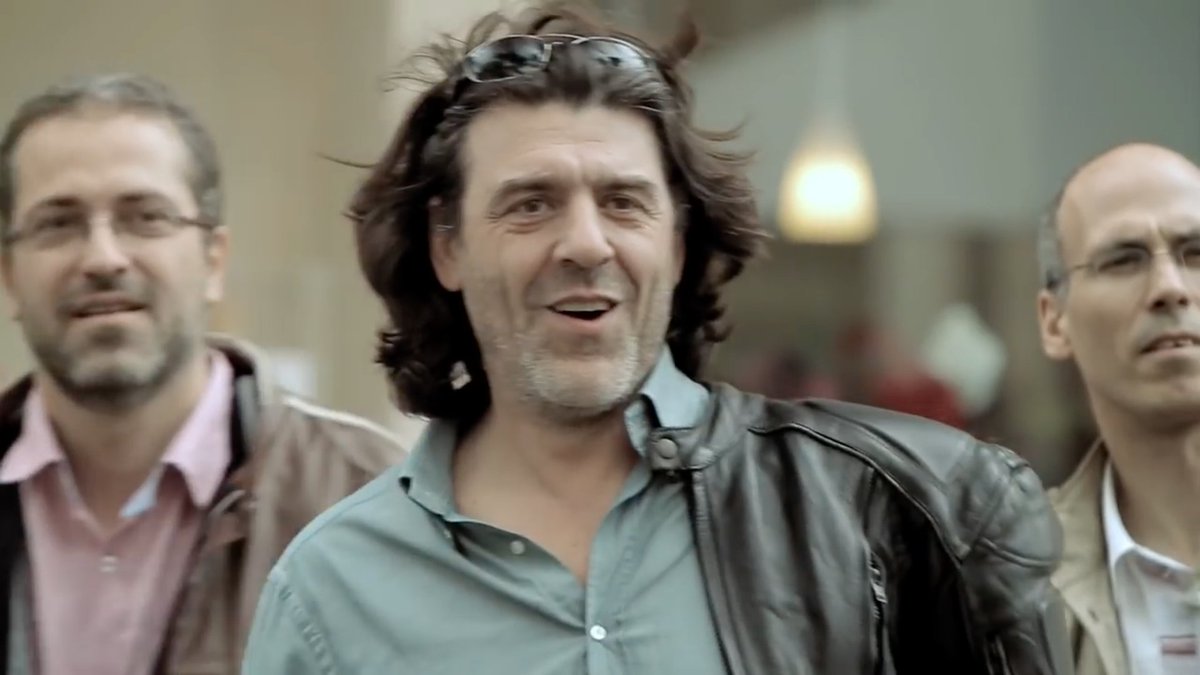
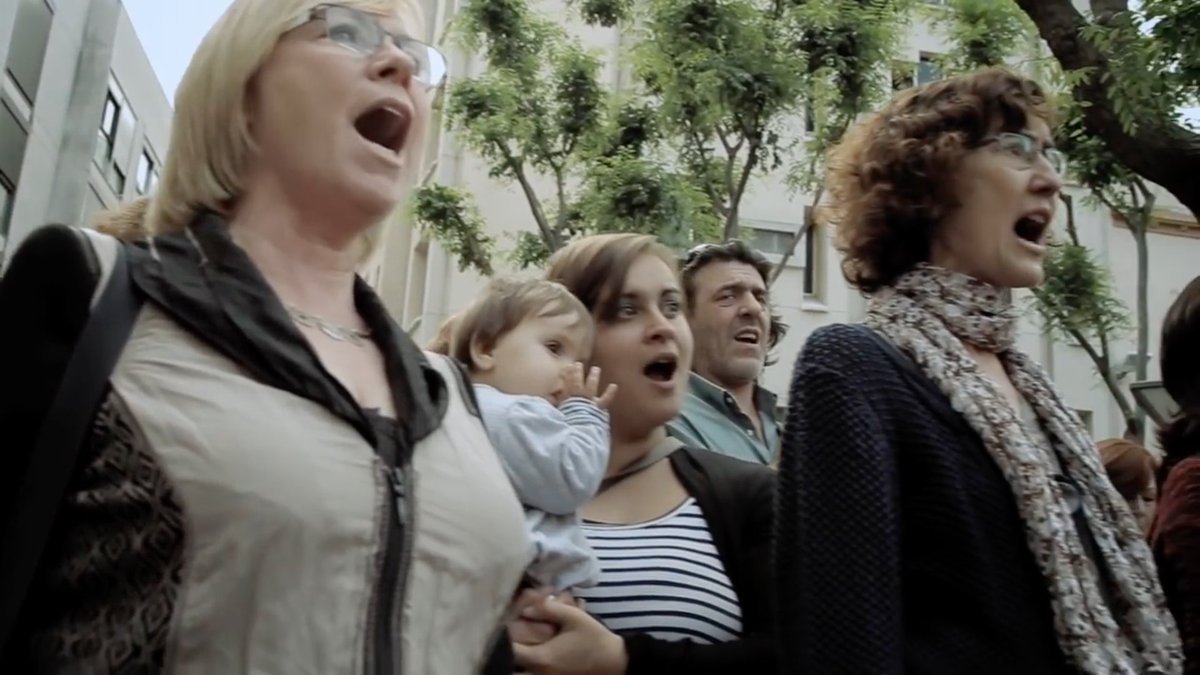
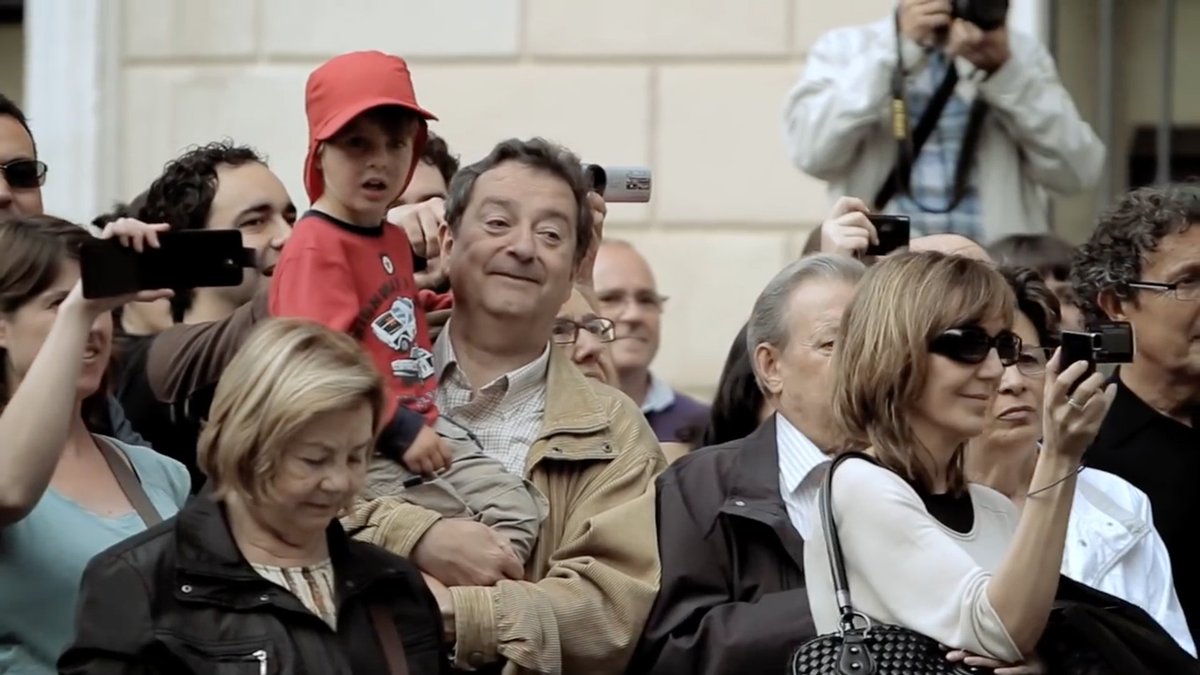
Finally. The LIE that ordinary people (us commoners and plebs...!) aren't into classical music or high culture: let's forever abolish it and all those who repeat it. Classical architecture, classical music, classical urbanism are some essentially unbeatable concepts. 



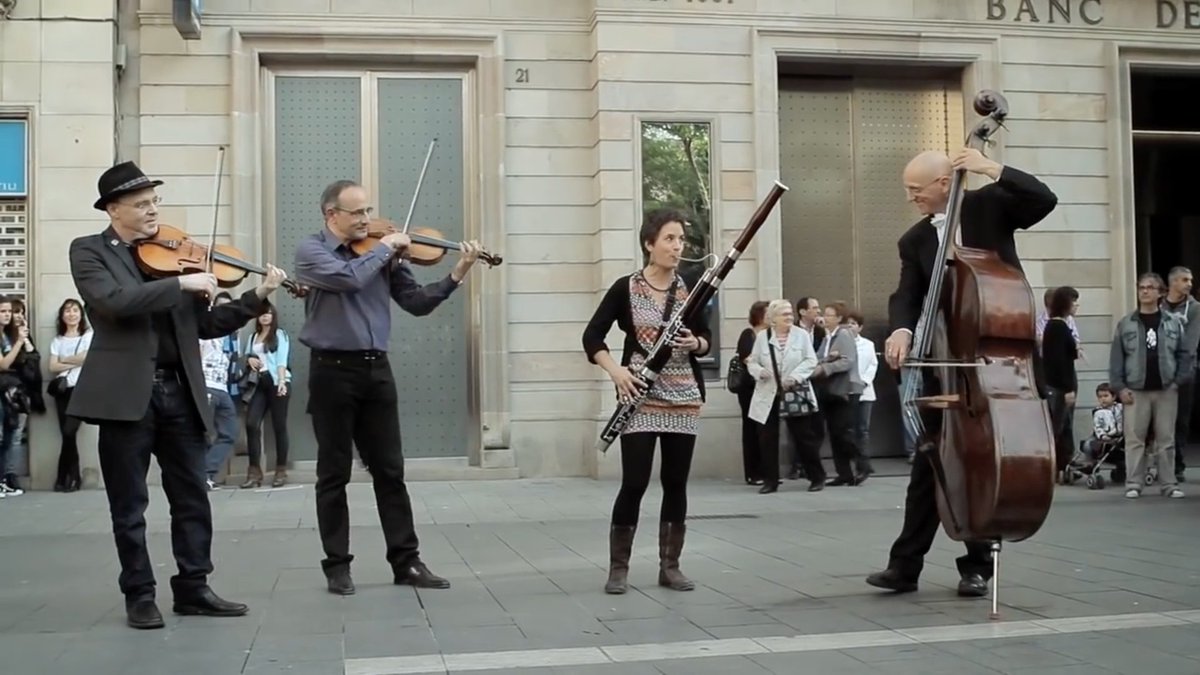
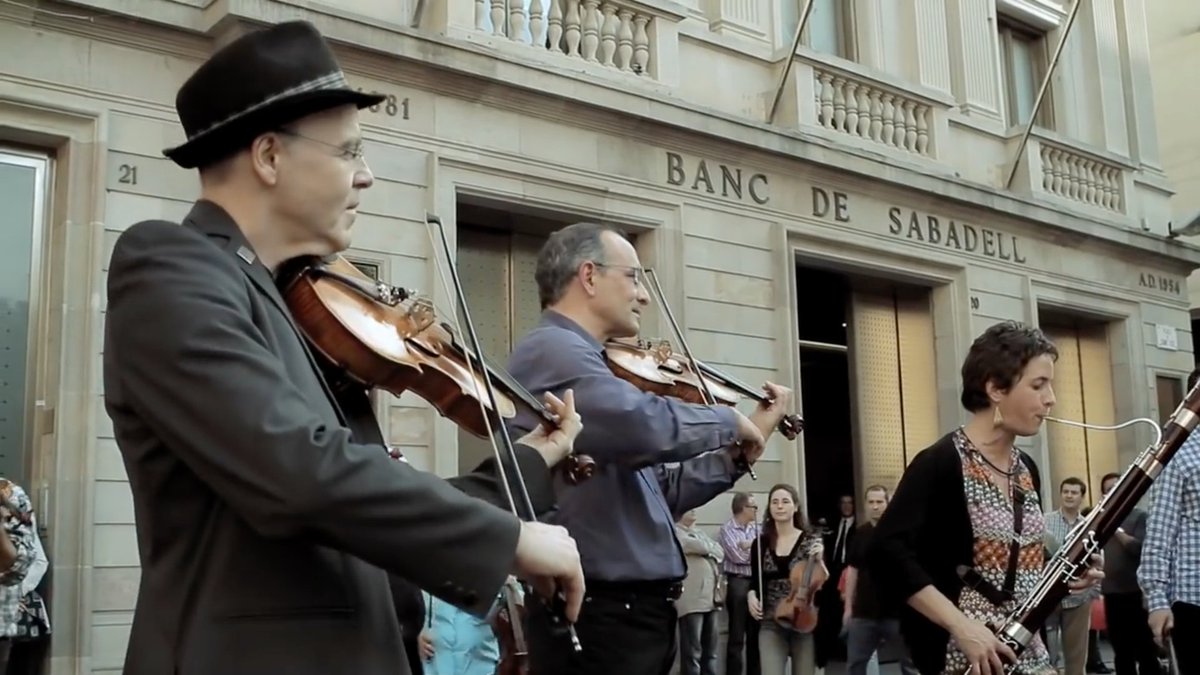
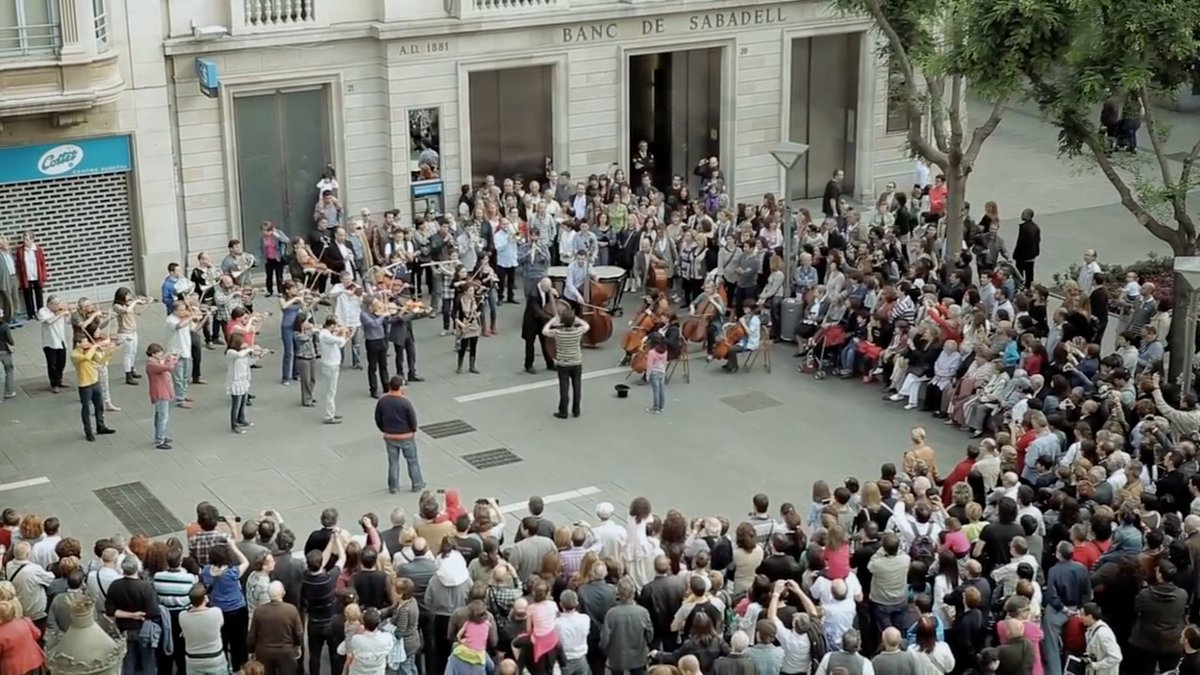
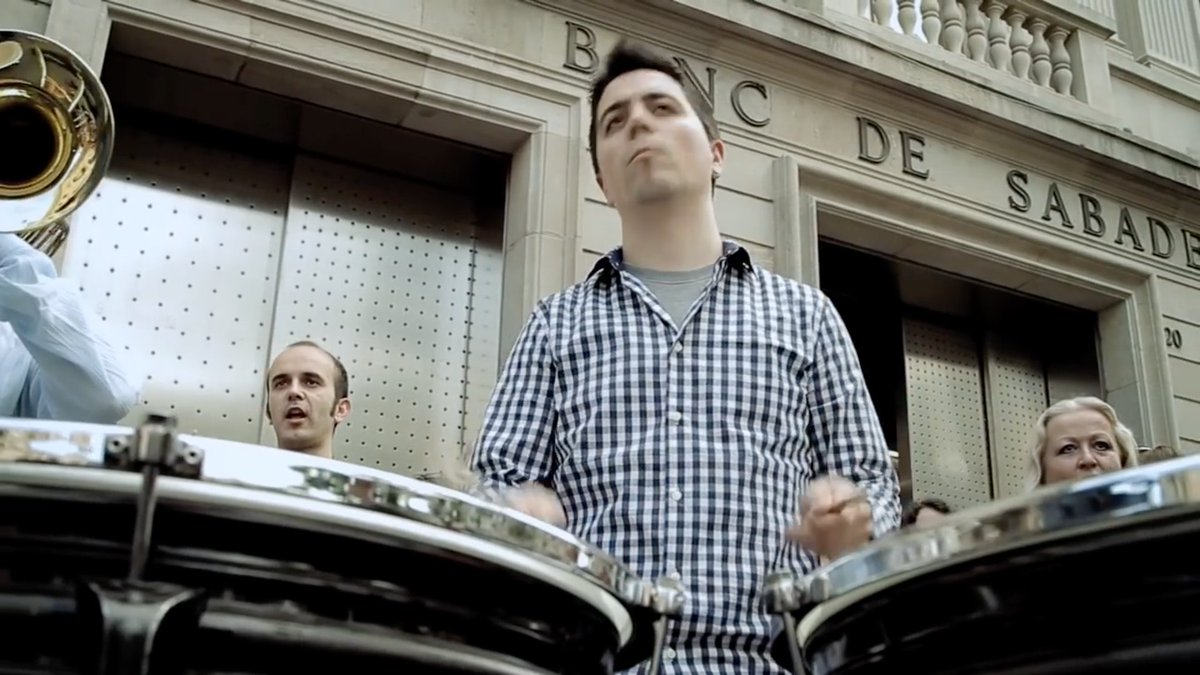
• • •
Missing some Tweet in this thread? You can try to
force a refresh




































